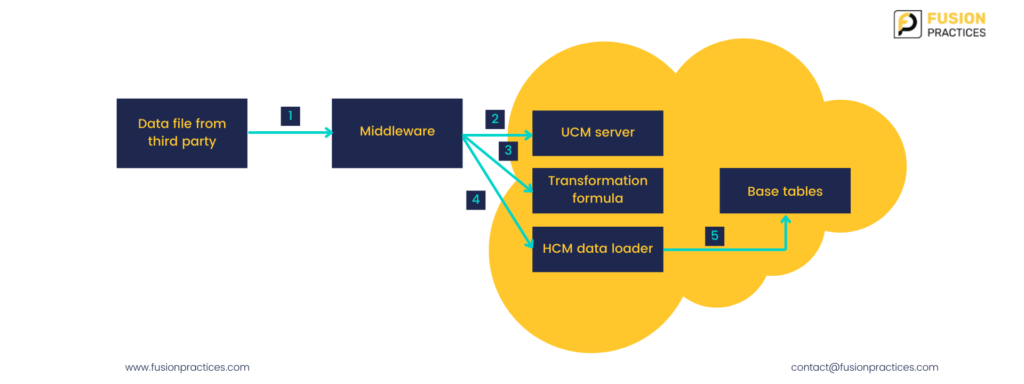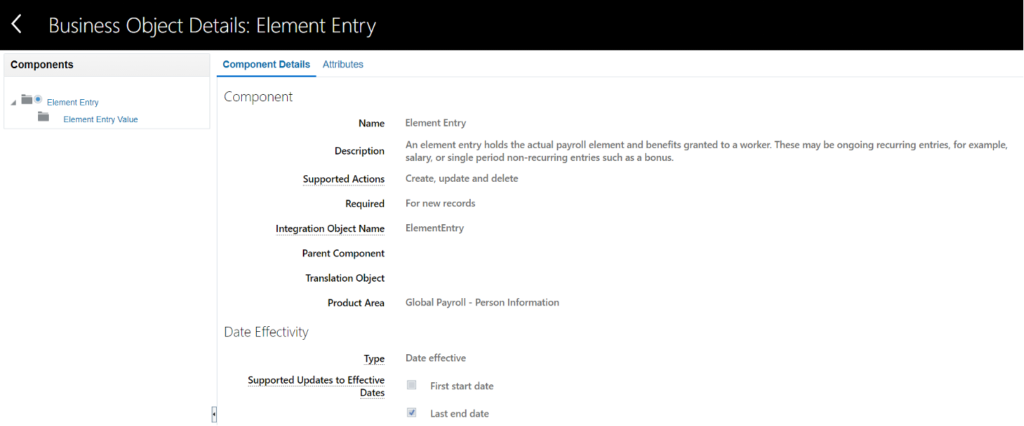Roadmap to convert data in Payroll Batch Loader to HCM Data Loader
In 2019 Oracle announced that it will end support to Payroll Batch Loader (PBL) by release 20C. The deadline was then deferred to release 20D. Further, the PBL option in the application was not made available for new customers provisioning on release 19C or later. Hence, it is prudent to make the shift now. We tell you how…
Since long, Oracle has been emphasising on consolidating its bulk loading capabilities; hence the move to migrate from PBL to HDL. Oracle has given sufficient time to existing customers to switch to Oracle HCM Data Loader (HDL) from PBL.
PBL along with HDL is one of the main tools for data loading to Oracle HCM Cloud. Typically, PBL an excel-based tool is used to load payroll-related data such as element entries, user defined tables, payment methods, and calculation cards to Oracle HCM Cloud. HDL, on the other hand, is a powerful tool for loading high volumes of data. It makes use of threads and chunks to reduce the processing time and can also be used for one time data migration as well as for coexistence scenarios. HDL normally uses a pipe delimited dat file for data load.
In HDL, there is no data driven or object level security applied and is designed to be used by the Admin. Business users should make use of HCM Spreadsheet Data Loader (HSDL), which has application security based on object basis. HSDL has a spreadsheet interface, which internally makes use of HDL. It is used to bulk load smaller volumes of data from spreadsheets.
To know more about Fusion Practices’ Oracle Implementation Services
Approach to Load Payroll Data using HCM Data Loader:
- Convert the incoming files from various sources into HDL format. For existing interfaces, the format must be changed from PBL to that of HDL.
- If the existing format of the file cannot be changed due to various reasons, an HDL transformation fast formula can be used to convert the file into HDL format.
Below are the high-level steps:
- Middleware (like OIC) reads the third-party data file.
- Middleware uploads the files to UCM server.
- Middleware then invokes the transformation formula if any.
- Transformation formula converts the file into HDL format.
- Middleware then invokes the HCM Data loader import and loader program to load the data in base tables.

HDL can also be invoked using web services much like PBL.
Existing customers can convert from PBL to HDL by following the steps given below.
- Review the existing Payroll interfaces that are based on PBL.
- Check existing mapping to identify use of transformations or use of PBL transformation formulas.
- Use standard Oracle documentation for mapping of PBL to HDL objects.
- Create HDL format data files or transformation formulas if required.
Features of HDL Load
- HCM Data Loader supports rollback and delete functionalities.
- Support for rollback and delete actions can be checked by navigating to Home -> My Client Groups -> Data Exchange -> View Business Objects -> Search for specific business object:

- HDL performs the same validations as PBL.
- For smaller volumes of data HSDL can be used by business users.
For any questions or help needed for converting the PBL to HDL format, please contact us.
Author: Mandeep Gupta is a Principal Consultant with Fusion Practices



